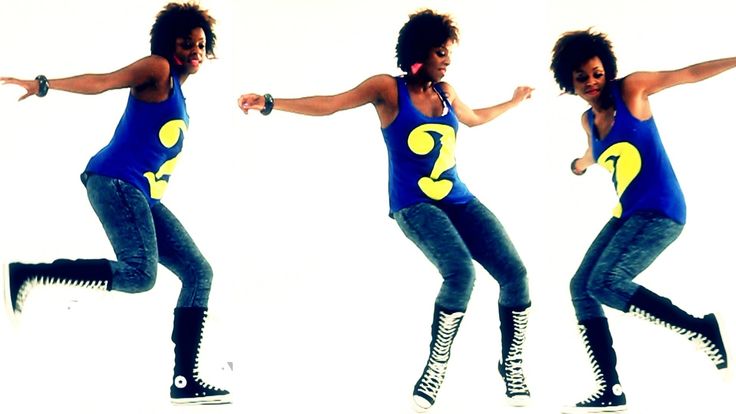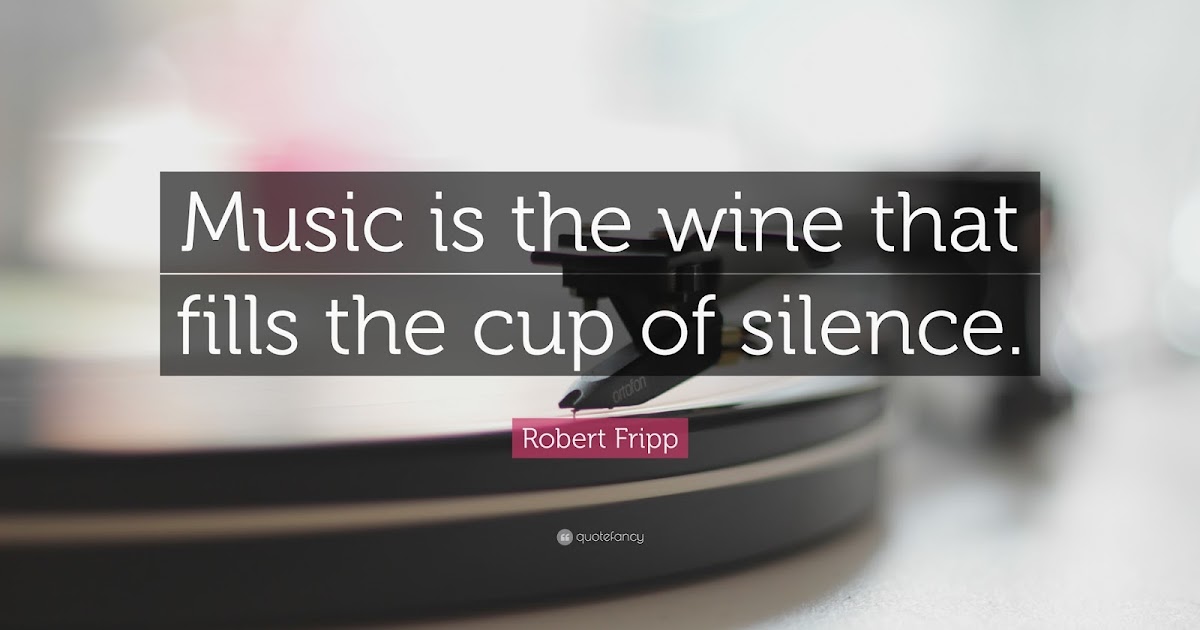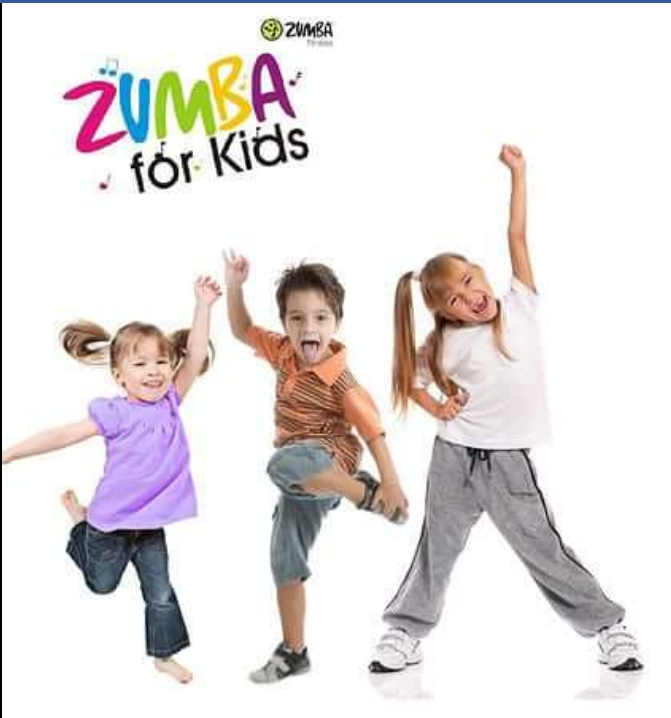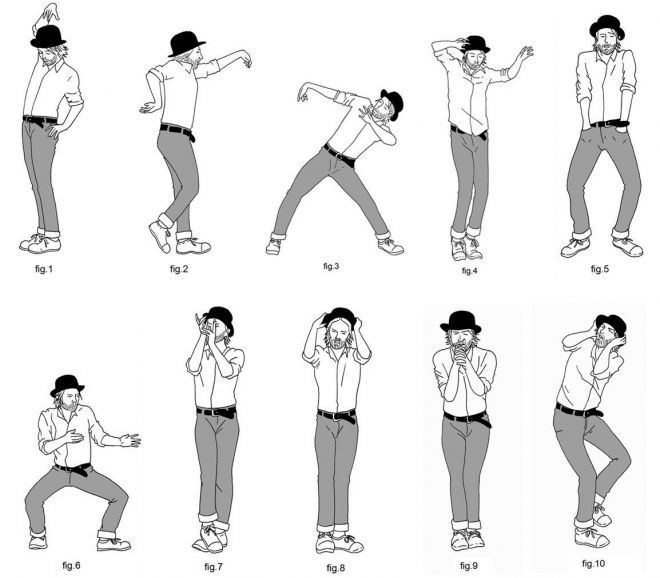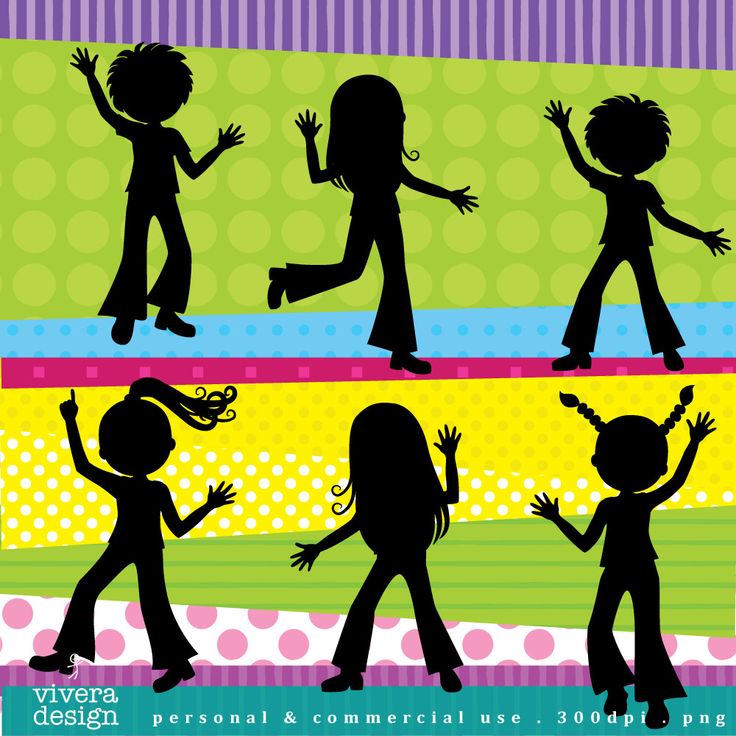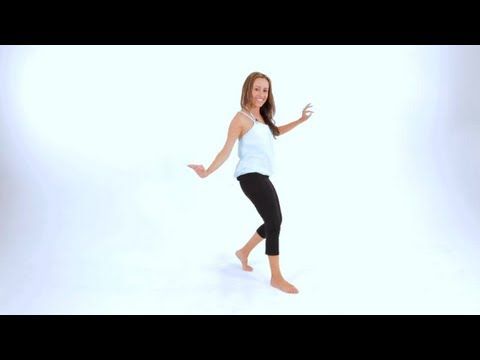How to do gumboot dancing
How to Gumboot Dance like a South African
Now reading: How to Gumboot Dance like a South African
Wanna learn how to gumboot dance like a South African?
The Isicathulo, or gumboot dance, is a traditional African dance done in Wellington boots known simply, in South Africa, as gumboots.
The dance is a dance of life; a celebration of what it is to be human. At the end of the rhythmic, earth beating and easy to learn dance, you’ll feel like a better person for the experience.
Follow these steps to learn how to gumboot dance, as if you’ve been doing it your whole life:
Here’s How to Gumboot Dance, Like a South African- Don a pair of gumboots, preferably black ones, but ye common garden wellies will also do the trick.
- For extra effect, embellish your boots with bells, so that when you hit the ground, there is an additional jangle, or wear bells on your wrists.
- Raise one of your legs, bent at the knee, so that your thigh is parallel to the ground.
- Hunch forward over your raised leg, raising your arms at the same time.
- Hit either side of the gumboot of your raised leg with a right hand, left hand, right hand again, to the count of 1, 2, 3.
- And then plant that raised foot back onto the ground with a resounding smack on the count of 4, letting your gravity settle, for just that beat, with both feet planted equally on the ground.
- Now raise the other leg and do the same thing – 1, 2, 3 down on 4.
- Build this rhythmic hitting of either side of the boot to raised, alternate legs, into a pattern – 1, 2, 3 and 4.
- Good!
- Now you add what’s known as ‘the posture’ – your body is bent, as if you’re almost sitting, tail out, knees bent, weight of the body over the knees – this makes it really easy to then lift alternate legs, because the weight of the body is equally distributed over the bent legs (it helps you from falling over).

- Now that you’ve got the basic 1, 2, 3 down rhythm going nicely, you count down: 1, 2, 3 down (twice), then 1, 2 down (twice), then 1, 1, 1 down with a ‘hey!’.
- It helps hugely if someone starts clicking the rhythm before hand, so that there’s a count in, or the whole thing can end up a shambles.
- You know how to gumboot dance!
Do a YouTube search for learn how to gumboot dance, and you’ll find a number of variations of the traditional 1, 2, 3 down that we’ve outlined for you above.
Enjoy!Image Credit: Top image by and © Gabi Falanga
Save
Save
Save
Narrative - Gumboot Dancing
Gumboot History
Picture from wikimedia.org
Gumboot dancing comes from South Africa workers who worked in the gold mines during the migrant labor system and oppressive Apartheid Pass Laws. During this time, workers were separated from their families and forced to work in harsh conditions (Gumboots: Rhythm is a Language ). The gold mines they worked in were completely dark and flooded. The flooding caused skin breakdown like ulcers and several diseases. Not only was their work environment harsh, but so was the rules or guidelines. Workers were chained to their work stations with shackles and not allowed to speak to one another while working months at a time. Many workers were killed during this work by accidents, while others were beaten and abused (South African: Gumboot Dance).
During this time, workers were separated from their families and forced to work in harsh conditions (Gumboots: Rhythm is a Language ). The gold mines they worked in were completely dark and flooded. The flooding caused skin breakdown like ulcers and several diseases. Not only was their work environment harsh, but so was the rules or guidelines. Workers were chained to their work stations with shackles and not allowed to speak to one another while working months at a time. Many workers were killed during this work by accidents, while others were beaten and abused (South African: Gumboot Dance).
The Mine Worker's Uniform
Picture from soulsafari.worldpress.com
The flooding became a big problem because so many workers were getting ill. The bosses decided to take the cheaper route in dealing with the problem, so instead of draining the water they bought the workers rubber gumboots to prevent skin breakdown. Like the picture to the left, the workers uniform consists of hardhats, bandannas, jeans/overalls, and gumboots. With this uniform, the workers were not able to show their ethnic identity or carry on their traditions with their clothing, so they turned to another form of expression (South African: Gumboot Dance).
With this uniform, the workers were not able to show their ethnic identity or carry on their traditions with their clothing, so they turned to another form of expression (South African: Gumboot Dance).
Communicating in the Gold Mines
Picture from soulsafari.worldpress.com
The workers began to express themselves by making rhythms and beats with their bodies, gumboots, and chains. They made the noises by slapping their boots (like the picture on the right), stomping their feet, and rattling their shackles. Not only did this express their ethnic identity by using their traditional songs and rhythms, but it helped them communicate in the workplace. The workplace was very dark and they were not able to speak to one another, so this was the only way to communicate with the other workers (South African: Gumboot Dance).
Gumboot Dancing Spreading out of the Workforce
Picture from spotistarehe.wordpress.com
Gumboot dancing started to spread outside of the gold mines and into the communities as a form of entertainment. As the dance became popular, the employers took the dancers and formed troupes to represent their company. They had the troupes perform to visitors and spread the good word about their company, but most of the performances were done in the workers own language. This allowed the dancers to express how they really felt by mocking their employers to their face and them not even knowing it. These performances lead to popularizing this style of dance to where it is performed worldwide today. This dance today is used to show the history of South Africa and as any form of dance, this style has been adapted to many new modern forms of dancing (South African: Gumboot Dance).
As the dance became popular, the employers took the dancers and formed troupes to represent their company. They had the troupes perform to visitors and spread the good word about their company, but most of the performances were done in the workers own language. This allowed the dancers to express how they really felt by mocking their employers to their face and them not even knowing it. These performances lead to popularizing this style of dance to where it is performed worldwide today. This dance today is used to show the history of South Africa and as any form of dance, this style has been adapted to many new modern forms of dancing (South African: Gumboot Dance).
Step Dancing or "Stepping"
Picture by Dara Nikolova
Today gumboot is popular and has morphed into a different form of dance that is more modern called stepping. Stepping was created by African American college students. Stepping involves similar rhythms and instruments as gumboot dancing. Stepping involves using the body as the main instrument by stomping the feet, clapping the hands, and slapping different parts of the body to make rhythms. In stepping, the performers also use their voices to make the performance more expressive and dramatic. This style of dancing is very popular among sororities (picture on bottom right) and fraternities (picture to the left) at multiple universities across the United States. Just like gumboot dancing, stepping has also evolved and now is spreading into several communities all across America (Step Afrika!: What's Stepping?).
Stepping involves using the body as the main instrument by stomping the feet, clapping the hands, and slapping different parts of the body to make rhythms. In stepping, the performers also use their voices to make the performance more expressive and dramatic. This style of dancing is very popular among sororities (picture on bottom right) and fraternities (picture to the left) at multiple universities across the United States. Just like gumboot dancing, stepping has also evolved and now is spreading into several communities all across America (Step Afrika!: What's Stepping?).
Picture by Anne Wernikoff
The Author's Thoughts
The reason I choose this dance was because I thought it had an interesting history and I wanted to learn more about it. The way they used the rhythms and beats to communicate to each other is very original and proved to be an effective way to express their feelings. I also choose this dance because I love to watch stepping and I wanted to learn the roots to the dance.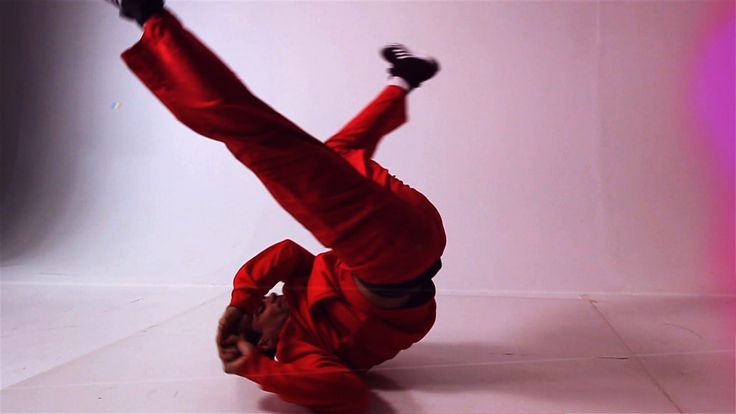 When I watch gumboot dancing, I feel a sense of freedom and that I am able to express myself through dance and sound. When I think about the dancing, I think that these men were very brave to start this new form of communication with a strong authority over them and very creative. I can also imagine the hurt, pain, and anger these men must have felt while working these long hours and not being able to be free. I feel like slapping the boots was not only a form of communication, but also a way to let off steam and show emotions. My experience tells me that these men went through very hard times and were dying for a way to communicate and express themselves. I can't imagine being chained up, working months at a time, and working in the dark. The men also showed bravery and uniqueness. Overall, gumboot dancing comes from a difficult time in South Africa's history, but it has grown into an entertaining dance that brings communities all over the world together. It also has built a foundation for other dances including stepping.
When I watch gumboot dancing, I feel a sense of freedom and that I am able to express myself through dance and sound. When I think about the dancing, I think that these men were very brave to start this new form of communication with a strong authority over them and very creative. I can also imagine the hurt, pain, and anger these men must have felt while working these long hours and not being able to be free. I feel like slapping the boots was not only a form of communication, but also a way to let off steam and show emotions. My experience tells me that these men went through very hard times and were dying for a way to communicate and express themselves. I can't imagine being chained up, working months at a time, and working in the dark. The men also showed bravery and uniqueness. Overall, gumboot dancing comes from a difficult time in South Africa's history, but it has grown into an entertaining dance that brings communities all over the world together. It also has built a foundation for other dances including stepping.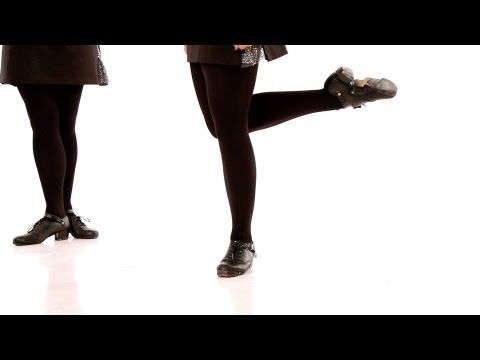
Men's boots for folk dancing rubber sole KDC
Javascript is disabled in your browser.
Please enable Javascript to interact with the site. How to include
Previous product
Women's LA shoes Olivia-S 001 "Eckse
-
Attention!
In the absence of goods in stock, the estimated time for tailoring
is 14-55 business days.
Check availability with the manager.
Main colors: black, red, white
Outer material: genuine leather
Inner material: cotton
Insole: leather lining
Sole: solid, black leather fiber, prevention, without arch support
Heel: stacked
s 27 to 33. 5 - 1.8 cm,
5 - 1.8 cm,
34 to 46 - 2 cmClosure: no
Shaft height: 25 - 38 cm
Shaft height may vary depending on the size selected
Size range: 27 - 46 (18 cm - 30.5 cm) 9003 Folk boots from Nikolai Kovalenko are suitable for folk-characteristic dance, historical and folklore performances and productions. The footwear is made of genuine leather, internal furnish for ease and convenience is made of organic cotton. A successful block and a stable stacked heel will allow you to feel confident in the dance.
Sole prophylaxis (knurling) is a protective material that is attached to the factory sole, which reduces wear of the sole, reduces slipping, helps to better retain heat and prevent the foot from getting wet.
Recommended for shoes designed for outdoor and indoor performances.Leather is a porous rubber of a leather-like appearance, inside of which there is a special filler of fibrous origin. Leatherette is very similar to leather. Its distinguishing feature is increased durability and wear resistance.
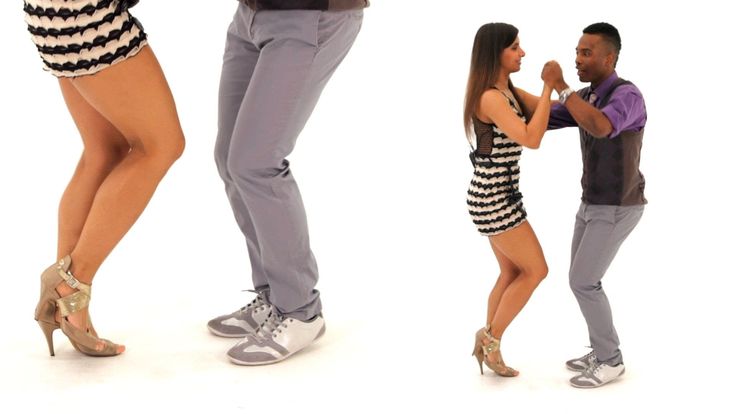 It is durable, reliably resists abrasion, does not deform when exposed to temperatures, and is convenient and comfortable to use.
It is durable, reliably resists abrasion, does not deform when exposed to temperatures, and is convenient and comfortable to use. Boots from Kovalenko Dance You can buy in our stores "Everything for dance .." or order online in any size from 27 to 46 (18 cm - 30.5 cm).
The appearance of the goods may differ slightly from the image of the goods indicated on the site.
The color of the product may differ from the color shown in the photo, depending on the color rendering settings of your computer (tablet, phone).
Shipping costs are not included in the product price. -
If you continue to use the site, we will assume that you are happy with it.Lezginka dance shoes
The most suitable shoes for lezginka are classic Caucasian ichigi. Why Caucasian? Because there is a great variety of ichig, because this is the name of all leather shoes that resemble boots (male and female) among the peoples of the Turkic group (Caucasians, Tatars, Bashkirs, residents of Central Asia).

Shoes for lezginka should be distinguished by special elasticity and flexibility, be like a second skin for the dancer. For the manufacture of ichig, only natural materials are used, processed in accordance with ancient technology.
Traditional Caucasian ichigi are made without a jump, without a heel, without fasteners, so that the shoes tightly fit the bootleg and are fixed with a strap under the knee.
Ichigi were originally shoes for hunting, it was in them that the highlanders sneaked up on wild predators without being heard or seen even in daylight. Group dances of Caucasian men often depict hunting scenes, which emphasize the ancient history of the Lezginka.
To a greater extent, Lezginka demonstrates the fighting spirit of eastern men and Caucasians in particular. Try it, stand on your toes… how long will you stay like this? And the highlanders not only stand, but also dance and jump, and shoes for lezginka have nothing to do with it.
In addition to hunting scenes, the dance shows scenes of war (this is a favorite theme of solo male Caucasian dances) and scenes of relationships between a man and a woman.
 If in gypsy and Russian dances men emphatically clap their hands and stomp their feet, then in lezginka the gait remains the same silent and tenacious, even if a woman appears in the field of view of a man. Ichigi have some thickening in the area of the pads of the fingers from many layers of goatskin. This helps the "boots" to serve the owner longer, no matter in dance or in everyday wear.
If in gypsy and Russian dances men emphatically clap their hands and stomp their feet, then in lezginka the gait remains the same silent and tenacious, even if a woman appears in the field of view of a man. Ichigi have some thickening in the area of the pads of the fingers from many layers of goatskin. This helps the "boots" to serve the owner longer, no matter in dance or in everyday wear. If we compare shoes for lezginka with modern shoes for everyday wear, then it will seem uncomfortable, since the soft sole of the ichig repeats the entire texture of the earth's surface, sand, stones, gravel ... But, there is a legend that when ancient people still walked barefoot, Caucasian highlanders already had ichigi, and if we compare shoes with soft soles and bare feet, then the first option is much more interesting.
Joking aside, dance ichigi are a completely separate type of footwear, which has no analogues in any dance. This is the most suitable shoe for lezginka, as it provides maximum flexibility in the toe, foot and heel, which is extremely important when performing Caucasian folk dances.

Are you interested in lezginka but don't have the opportunity to buy real Caucasian shoes? You have several options for replacing ichig, for home workouts. First, you can use very tight men's stockings. This, of course, is not quite right, and it’s also not suitable for demonstrating the dance to friends and colleagues, but you can quite master the basic movements of the lezginka without boots. There are special ballet men's stockings and leggings without socks and heels. You can use them (available at dance supply stores) for the first time in your learning. Another option is the Czechs. Soft, preferably leather shoes, the sensations in the foot area will be very similar to the soles of ichig. The disadvantages include the seam in the area of \u200b\u200bthe fingers (on ballet shoes, the seam is located on the sole, and on Czech shoes along the edge of the foot) and the absence of the top. Real dance ichigi are very tight, they fix the muscles of the legs, creating additional compression and keeping the joints and bones in the correct position.
